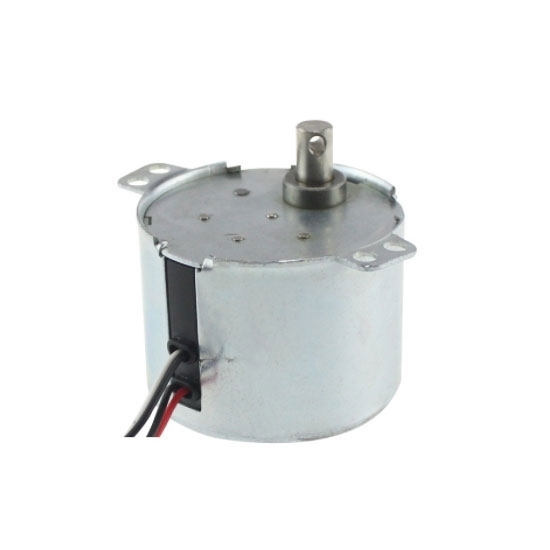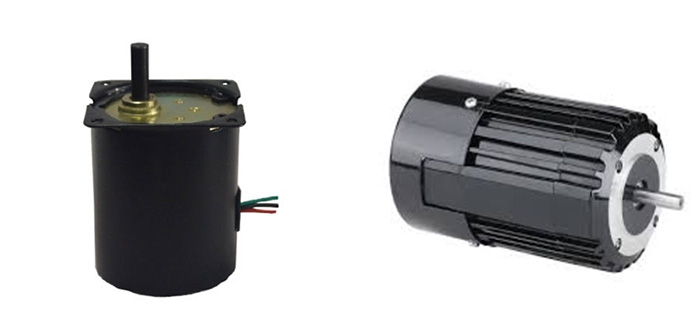Synchronous Motor: Definition, Features and Comparison
Most people understand that synchronous motors use power to generate motion. Some motors are powered by DC current, others by AC current, others by a combination of the two, and their specific method of energy transfer is unique to each motor. This article will focus on synchronous motor. It aims to explain the definition, features of synchronous motors and differences between induction motor, so that anyone looking to use one of these devices has the relevant information to do so.
What is a Synchronous Motor?
Synchronous motor is the heart of power system, it is a set of rotation and static, electromagnetic change and mechanical movement in one, to achieve the conversion of electrical energy and mechanical energy components, its dynamic performance is very complex, and its dynamic performance has a great impact on the dynamic performance of the whole power system.
Features of Synchronous Motor:

- Conducive to improving the power factor of the grid. Synchronous motors can be operated at a leading power factor by adjusting the excitation current. Large scale equipment such as large blowers, water pumps, ball mills, compressors and rolling mills are often driven by synchronous motors.
- The speed of synchronous motor is completely determined by the frequency of the power supply. When the frequency is constant, the speed of the motor is also certain, and it does not change with the load. This feature is of great significance in certain transmission systems, especially multi-machine synchronous transmission systems, precision speed regulation and constant speed systems.
- Synchronous motor with high operation stability. 1 rpm synchronous motors generally run under over-excitation, and their overload capacity is greater than that of corresponding asynchronous motors. The torque of asynchronous motor is proportional to the square of the voltage, but the speed of synchronous motor is determined by the product of the voltage and the internal electromotive force generated by the motor's excitation current, that is, it is only proportional to the first power of the voltage. When the grid voltage suddenly drops to about 80% of the rated value, the asynchronous motor torque often drops to about 64%, and stops running due to the immovable load. However, the torque of the synchronous motor does not drop much, and the stable operation of the motor can be ensured by forcible excitation.
Differences Between Synchronous Motor and Induction Motor:
AC motors are divided into two types, synchronous motors and asynchronous motors which are also called induction motors. The biggest difference between synchronous motors and asynchronous motors (induction motors) is whether the speed of rotor is consistent with the speed of the rotating magnetic field in the stator. If the rotor's rotation speed and the stator's field speed are the same, it is called synchronous motor; if not, it is asynchronous motor. Furthermore, there are big differences specific to the performance parameters and applications between the two.

- Construction. Synchronous motor's pole core of rotor is laminated by the steel sheets which are punched into by steel plates. The pole core of 60 rpm synchronous motor is put on by excitation windings which are wound with insulated copper wires. PM synchronous motor structure for permanent magnet synchronous motor, the permanent magnet on the rotor is the key factor to distinguish it from other motors. Induction motor the rotor is composed of iron core and windings, and it is made of steel sheets laminated, and it is installed on the rotating shaft. There are two types of the rotor: squirrel-cage type and wound type. The wound-type induction motor is also equipped with a slip ring and a brush mechanism.
- Speed adjusting method. There are five basic speed control methods of asynchronous motor: changing the magnetic pole logarithm P, changing the frequency F, changing the slip S, changing the stator voltage, the rotor circuit series resistance. There are two basic speed regulation methods of synchronous motor: variable pole logarithm P and variable frequency F. Synchronous motor mainly uses frequency conversion speed regulation method.
- Application. Synchronous motors are mostly used in large generators, while induction motors are almost used as the motors to drive machines.

